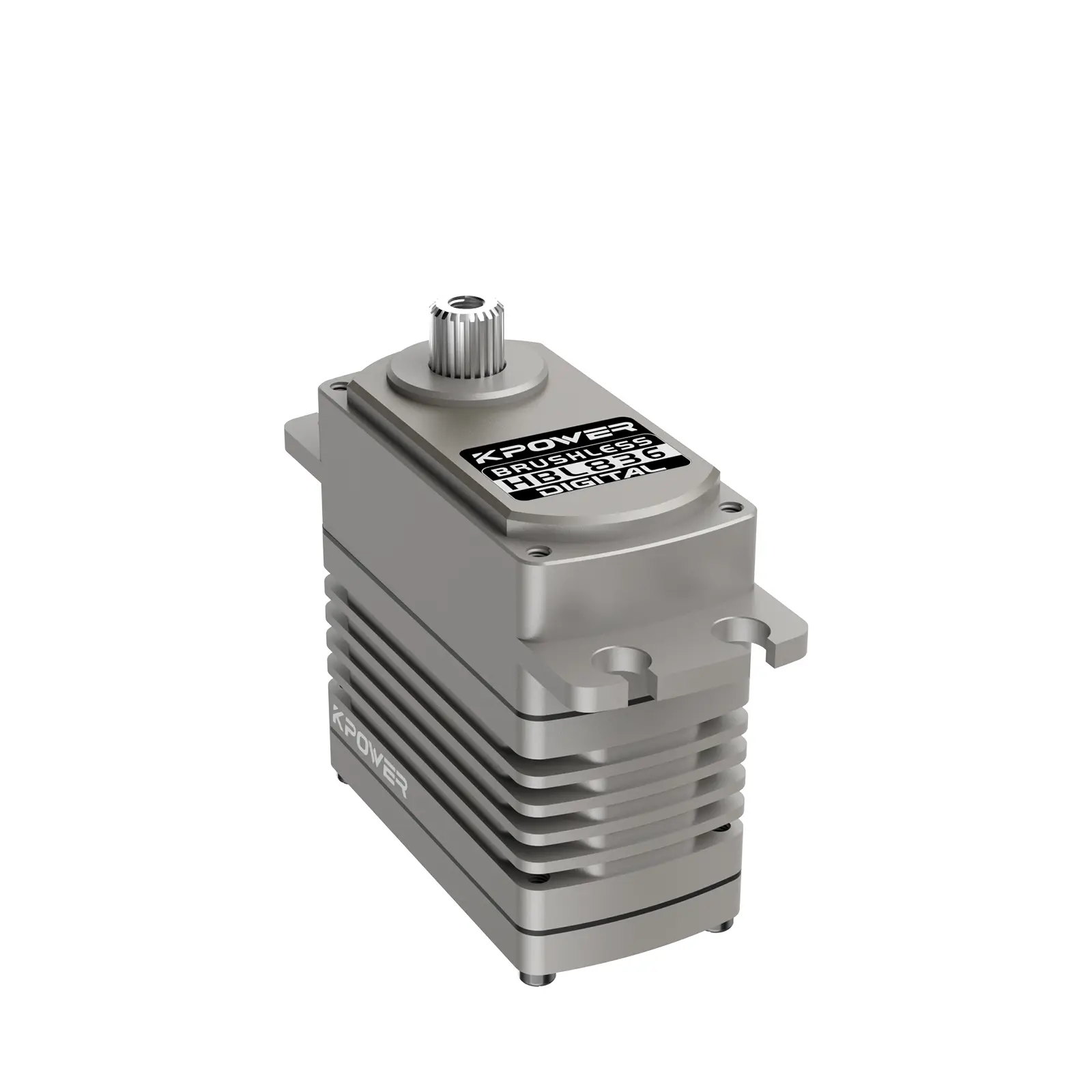In the sprawling landscape of modern engineering and automation, servo motors stand out as silent yet powerful heroes. These compact, precise, and dynamic devices are at the heart of countless technological marvels—from the robotic arms assembling cars to the telescopes exploring the universe. The question that often sparks curiosity is: what exactly is the purpose of a servo motor? To fully appreciate its significance, we need to understand its fundamental role and how it transforms the way machines move, adapt, and perform.

At its core, a servo motor's primary purpose is to provide controlled, precise motion. Unlike traditional motors that run continuously and at fixed speeds, servo motors are designed to achieve accurate position, velocity, and torque control. They are equipped with feedback mechanisms, commonly encoders or resolvers, that constantly monitor their output position and velocity. This feedback allows the motor’s controller to make real-time adjustments, ensuring that the motor moves exactly as commanded.
This precise control characteristic feeds into an essential purpose: enabling automation with a high degree of accuracy. In industries ranging from manufacturing to aerospace, where minute errors can lead to costly mistakes, the ability to control a motor’s movement with pinpoint precision is invaluable. The servo motor acts as the internal compass—constantly aligning its actual position with the desired position—thus maintaining reliable performance even under changing loads or environmental conditions.
Another purpose lies in its adaptability. Servo motors are incredibly versatile. They can be tailored to fit a myriad of applications by adjusting their size, power, and control algorithms. Whether powering tiny optical devices or large robotic arms, servo motors serve as the force engines behind precise movements. This adaptability makes them integral to a broad spectrum of fields—each with unique requirements—yet all unified by the core purpose of accurate and responsive motion.
But the purpose of a servo motor extends beyond mere movement. It also involves efficiency. With their quick response times and ability to hold positions with minimal energy expenditure, servo motors are designed to optimize performance while conserving power. This is especially crucial in battery-powered devices and systems where energy efficiency directly correlates with operational longevity.
Moreover, safety and reliability are central to the purpose of servo motors. In critical applications like medical devices or aerospace systems, the failure of a motor could be catastrophic. Servo motors are engineered for durability, with built-in safety features such as stall detection, overload protection, and fault diagnosis. Their purpose is not only to move things but to do so dependably over prolonged periods, often under demanding conditions.
In essence, the purpose of a servo motor is multifaceted: it is about control, precision, efficiency, adaptability, safety, and reliability. These attributes are woven into its design and function, making it a cornerstone of modern automation. But to truly grasp their importance, we need to look closer at their typical applications and how they make possible innovations that were once thought impossible.
In manufacturing, for example, servo motors underpin robotic assembly lines, ensuring each part is positioned with micron-level accuracy. In aerospace, they guide the movements of flight control surfaces, enabling pilots to maneuver aircraft with extraordinary finesse. In entertainment, servo motors animate robotic performers and stage machinery, creating illusions that captivate audiences.
Their role in robotics is particularly notable. In robotic arms used for welding, painting, or complex assembly, servo motors control joints with unmatched precision, allowing robots to mimic the dexterity and delicacy of human hands. This ability to perform fine adjustments in real-time is central to reducing errors, increasing productivity, and expanding what machines can accomplish.
Furthermore, servo motors are vital in CNC (Computer Numerical Control) machinery used in machining and manufacturing. These motors allow for the precise cutting, drilling, or milling of materials, down to fractions of a millimeter. Without the purpose-driven precision of servo motors, such detailed craftsmanship would be nearly impossible to achieve consistently.
In the field of automation testing, servo motors are used in simulation systems that mimic real-world conditions for testing vehicles, aeronautics, or electronics. Their purpose here is to replicate dynamic scenarios safely and accurately, providing critical insights into product performance under various conditions.
The purpose of a servo motor also extends into everyday devices—such as camera autofocus mechanisms, camera gimbals, and camera cranes—where their ability to adjust position rapidly and accurately enhances user experience and output quality.
In sum, the purpose of a servo motor is deeply rooted in the goal of creating machines that are smart, precise, efficient, and dependable. By providing controlled motion, they bridge the gap between raw power and intelligent functionality. They are the unseen force behind technological innovation, turning complex commands into smooth, exact movements that propel industries forward.
As we explore further, we'll look into specific types of servo motors, control systems, and emerging trends shaping their future. But one thing remains clear: the purpose of the servo motor is fundamentally about enabling machines to perform complex, precise tasks—often in ways that enhance human capability, safety, and productivity.
Kpower has delivered professional drive system solutions to over 500 enterprise clients globally with products covering various fields such as Smart Home Systems, Automatic Electronics, Robotics, Precision Agriculture, Drones, and Industrial Automation.




































